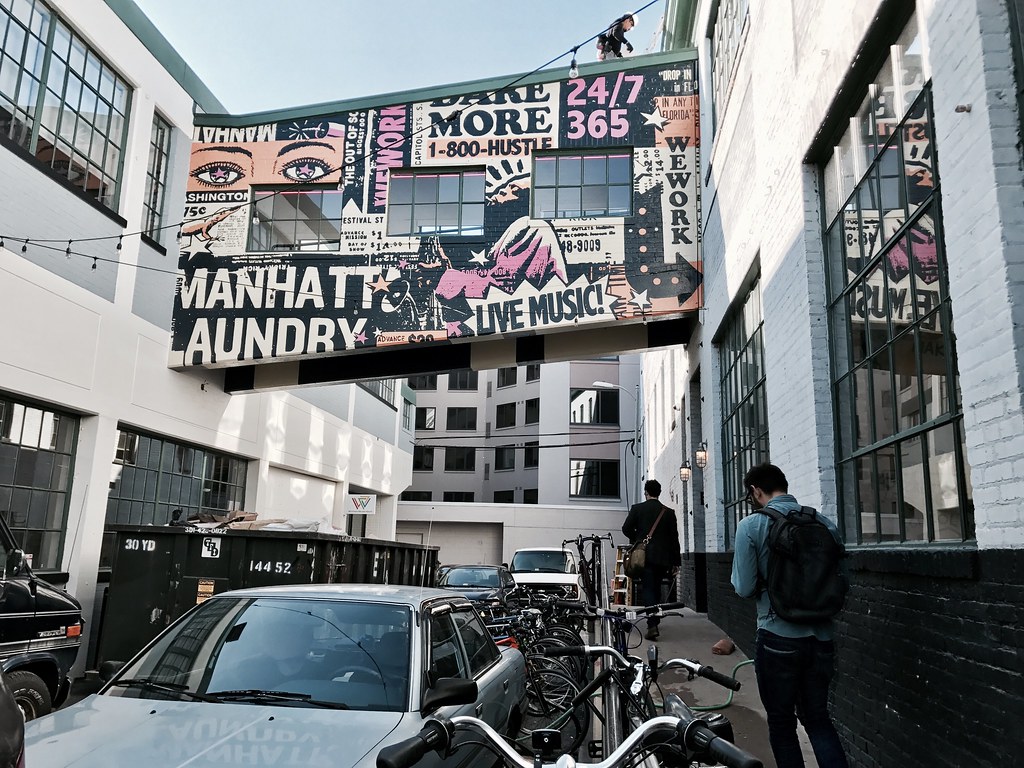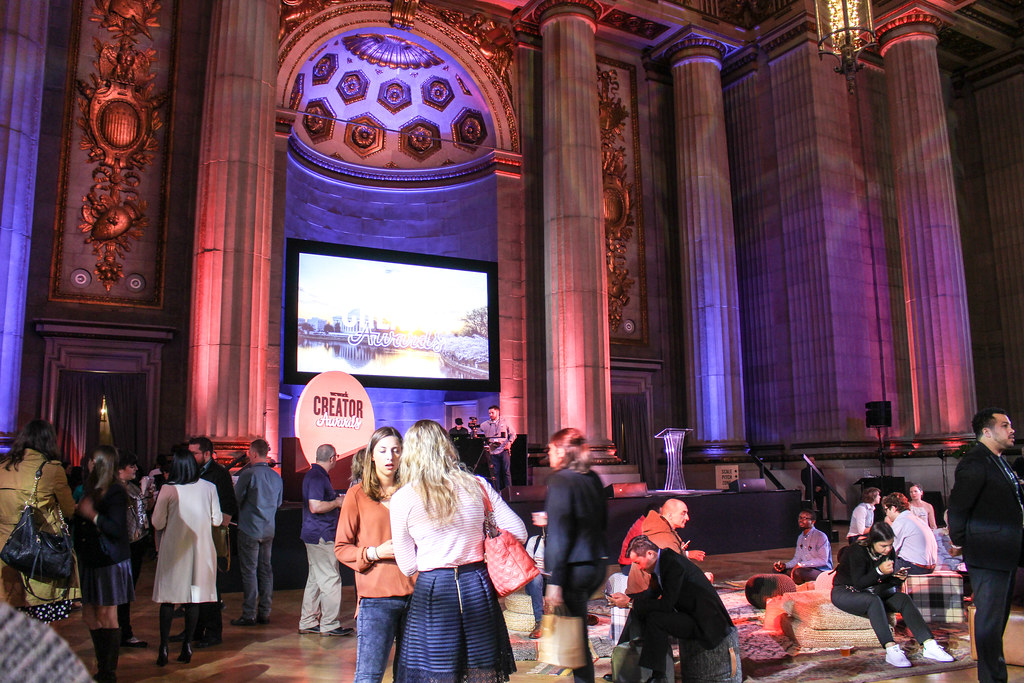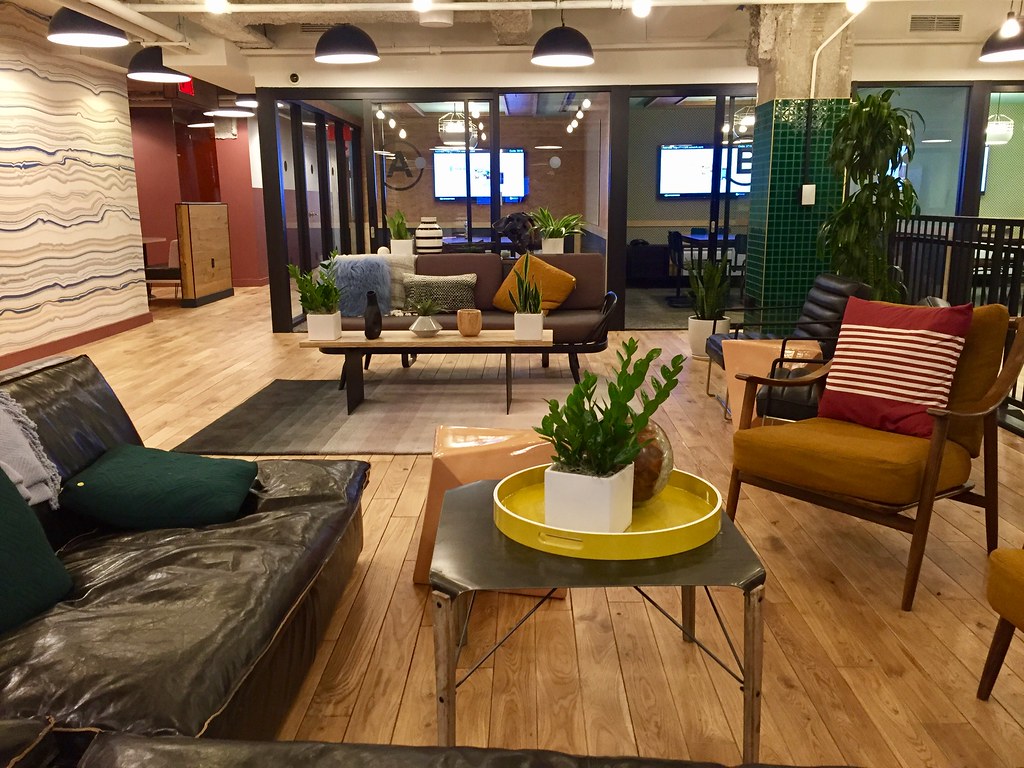
Even by government standards, the office was a dump. A brutalist structure on the treeless expanse of L’Enfant Plaza, the building was awkward and uninviting from the outside – a concrete slab with windows encrusted in filth.
Once through the doors, there was the usual puzzle of obtaining entry, 1960s architecture and security theater combining to create an imponderable maze of hallways decorated with faded American flags and outdated office directories encased in plexiglass.
The interview was in a conference room. I followed my guide to a subterranean level, where he submitted a letter to a functionary behind a desk before he was given a key. We then went back upstairs to unlock the conference room.
After the interview, I was shown where I would work. I had been warned. “Make sure you show it to him,” the interviewer said.
For good reason. I’ve worked as a government contractor for ten years, primarily in environments that look straight out of Office Space. Fluorescent lights, beige furniture, chunky computers – depressing but doable. Windows are reserved for feds. Contractors get the worst space.
But I don’t need much. A little desk in a corner somewhere and I’m fine.
But what I was shown wasn’t even a cubicle – it was a worn formica table in a noisy hallway crammed with people, including consultants working elbow to elbow, the two of them sharing one desk. It was like working in a submarine, but one cluttered with broken office equipment and sagging cardboard boxes. I must’ve visibly recoiled because I did not the get the job.
I recently attended the Inclusive Smart Cities Summit, primarily because I was interested in the transportation session – Gabe Klein, who created the 15th St bike lane and bikesharing in DC was speaking – but before that panel, there was a discussion on workplaces of the future.
At first, it was the usual thing, a panel of buzzword-spewing experts describing the future of work as open and collaborative though everyone I know who works in an open office wants out. Those pushing the open space trend typically do so from executive suites, where they don’t have to listen to coworkers discussing medical conditions with their doctor.
What’s missing from the open office trend? Data. Listening to Randy Fiser, CEO of the American Society of Interior Designers, was a revelation. They selected and designed their office based on employee needs, choosing a downtown building with an abundance of green space, fresh food and walkable transportation. After moving into their new office, they then measured the results, with productivity and employee satisfaction both increased.

WeWork has been billed as the future of work. I certainly hope so. I’ve taken advantage of their DC locations through their Summer Mondays promotion.
While WeWork is open space, I love it because it doesn’t feel crowded or claustrophobic. There’s room to move around, plenty of seating options and lots of natural light. Plus, there are phone rooms for private conversations and a kitchen stocked with coffee, beer and snacks.
It’s about creating a narrative, according to Dave McLaughlin. The WeWork exec has a screenwriting background, a refreshing change from the MBA-educated consultant class. WeWork is for creators. With local artworks, low couches and millennials busily working on laptops, it provides a hip backdrop, as if you’re working in a Hollywood romcom.
WeWork wants you to do more than just create – they want you to accomplish your dreams through collaboration with other WeWorkers. Space is designed to facilitate chance encounters, with hallways that are a little too narrow, so that you have to look up from your iPhone and make eye contract with other people.
According to Randy Fiser, we spend 91% of our time indoors. We spend so much time at work that we should make it as pleasant as possible. Not every office can look like WeWork but design matters. Humans need space, natural light and privacy. Create offices that people want to work in – it’s that simple.

